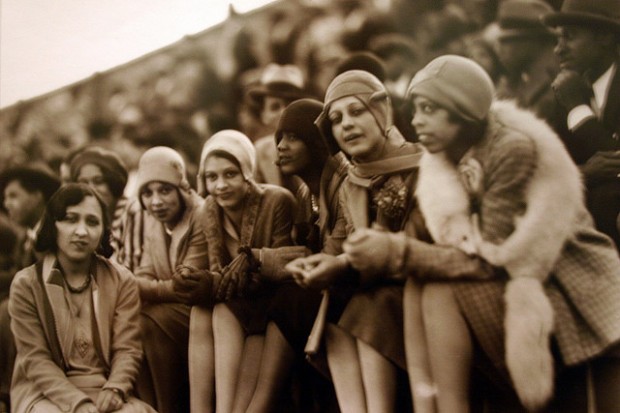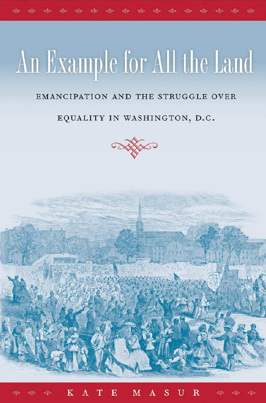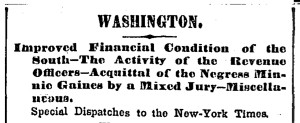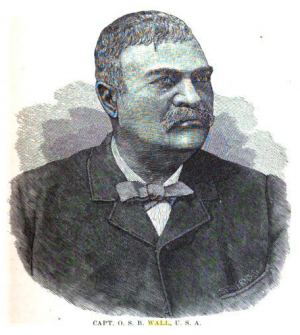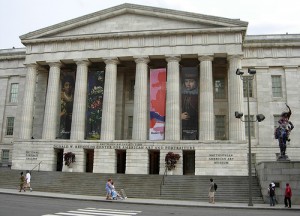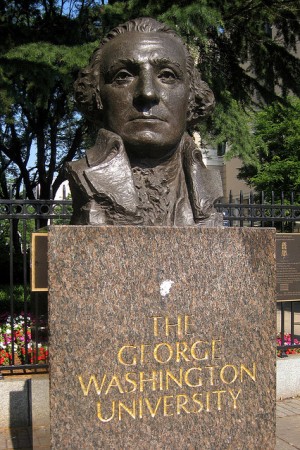D.C. Councilman Michael A. Brown appeared on conservative talk radio WMAL, and as noted by Mike DeBonis and DCist, offered these thoughts:
“They can treat us as their guinea pigs, they can treat us as a petri dish, and as I called it, they treat us as a colony or a plantation,” said Michael A. Brown, DC council member at-large. Brown was one of six council members arrested along with Mayor Vincent Gray at a protest fueled by anger at the federal government’s budget deal.
“What’s next, we have to call them ‘massuh’?” said Brown.
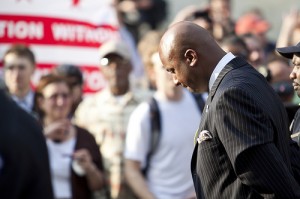
Flickr: Andrew Bossi
D.C. Councilman Michael A. Brown was arrested April 11, along with other city officials, during a protest against the Congressional budget deal.
We asked Councilman Brown to explain his comment further after his appearance on the Kojo Nnamdi Show today, and he said it was “a little taken out of context.”
“I definitely said it, and I’ve said it before. But in context, some of the folks on the Hill treat us like a plantation here in the District of Columbia,” he said. “And when you use the term plantation it means, in context, it means folks want us to call them massuhs. But it’s in context of the plantation discussion as to how we’re treated on the Hill.”
The rhetoric surrounding D.C. statehood has been growing more and more heated in recent weeks, most notably with Delegate Eleanor Holmes Norton saying Congress’ budget actions were the equivalent of “bombing innocent civilians.” It also isn’t new to use the history and legacy of slavery power dynamics when talking about D.C. independence. In 2007, then-Mayor Adrian Fenty declared that D.C. Emancipation Day would be dedicated to “the continued pursuit for full democracy” with a voting rights march to the U.S. Capitol to demand representation in Congress.





